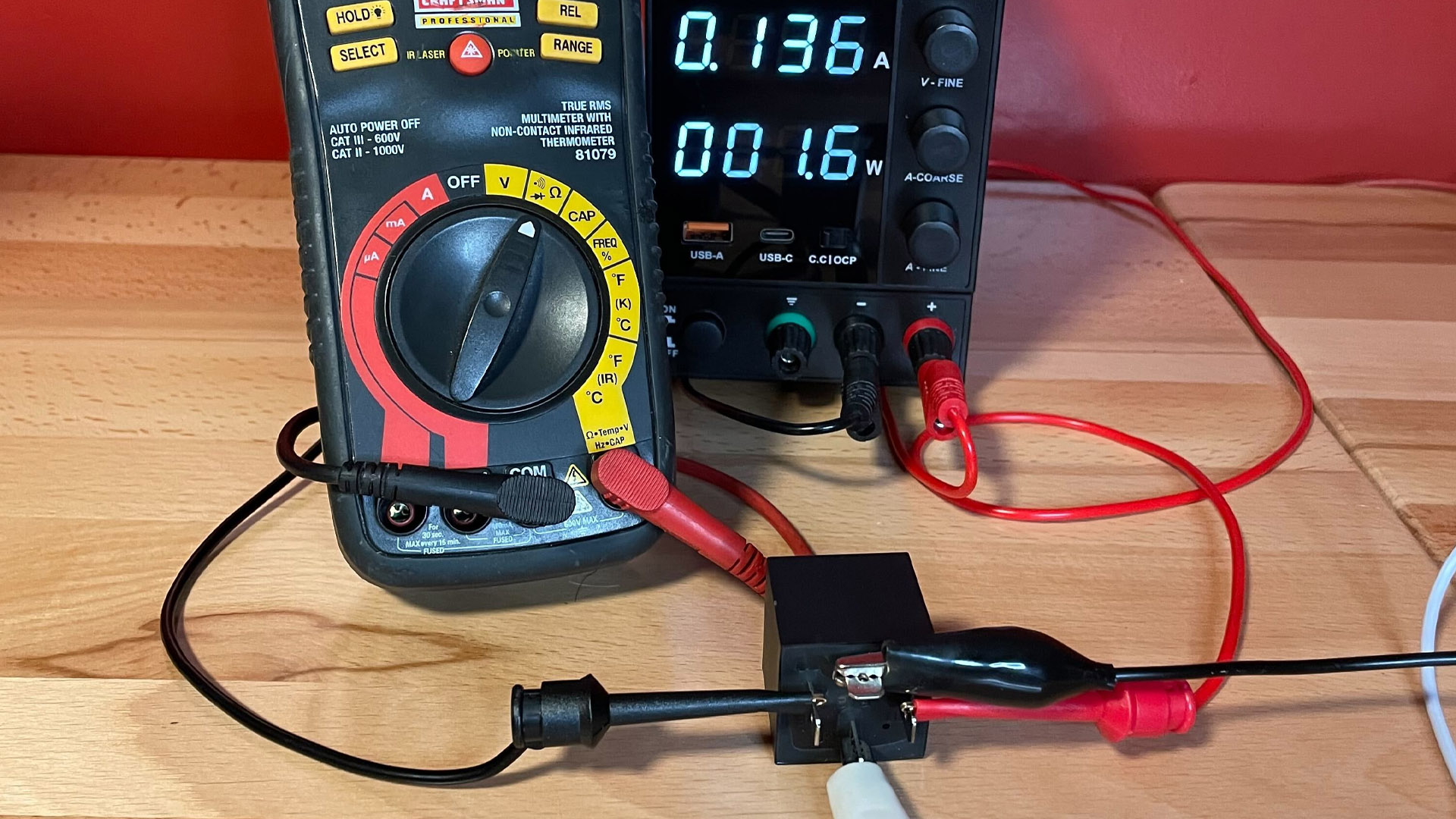Uncle Phil
Site Supporter
Well at least it appears to be a 'hard' failure this time - which is easier to diagnose.
I checked the 'fire' at all four plugs and they are firing.
I checked the voltage to the fuel pump and it is a consistent 12-14 volt range.
When I pulled the fuel line loose from the tank and turned the key on the pump did not pump anything.
It should be squirting out a stream of fuel.
So back to pulling the 'brand new' fuel pump out of the tank to see what is up with that.
Now I'm thinking an issue with the terminals on the fuel pump stalk or a wire loose on the fuel pump.
At least at this point I know a bunch of stuff that probably ain't the problem.
I checked the 'fire' at all four plugs and they are firing.
I checked the voltage to the fuel pump and it is a consistent 12-14 volt range.
When I pulled the fuel line loose from the tank and turned the key on the pump did not pump anything.
It should be squirting out a stream of fuel.
So back to pulling the 'brand new' fuel pump out of the tank to see what is up with that.
Now I'm thinking an issue with the terminals on the fuel pump stalk or a wire loose on the fuel pump.
At least at this point I know a bunch of stuff that probably ain't the problem.





